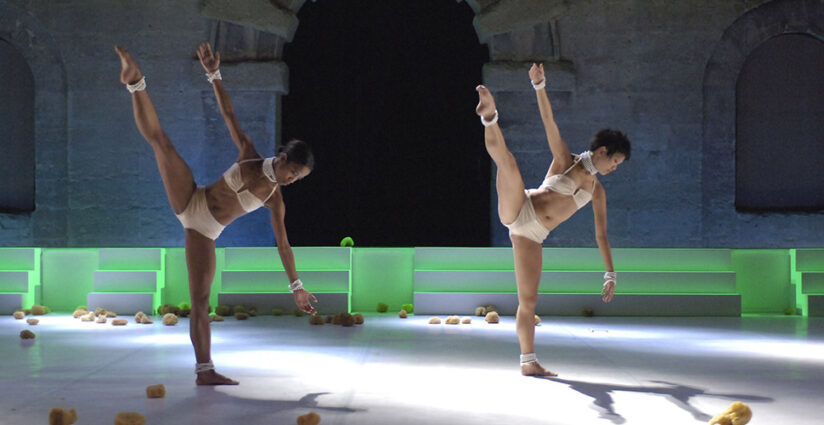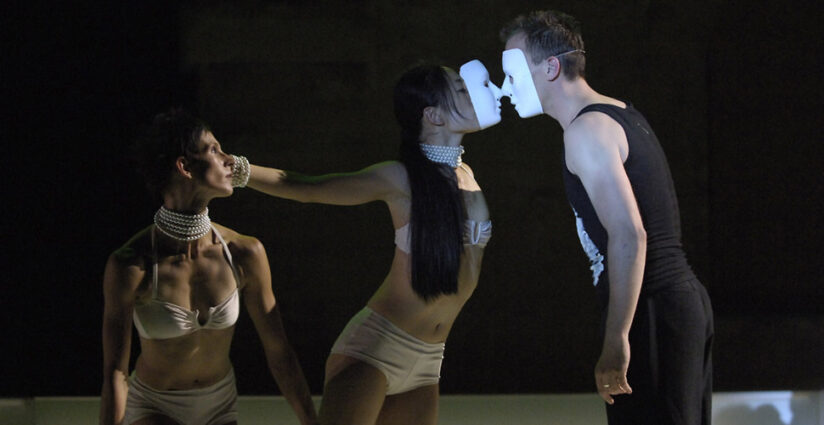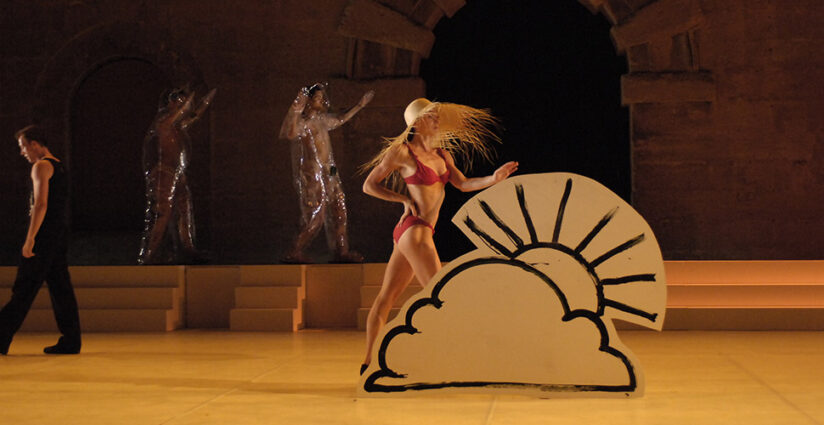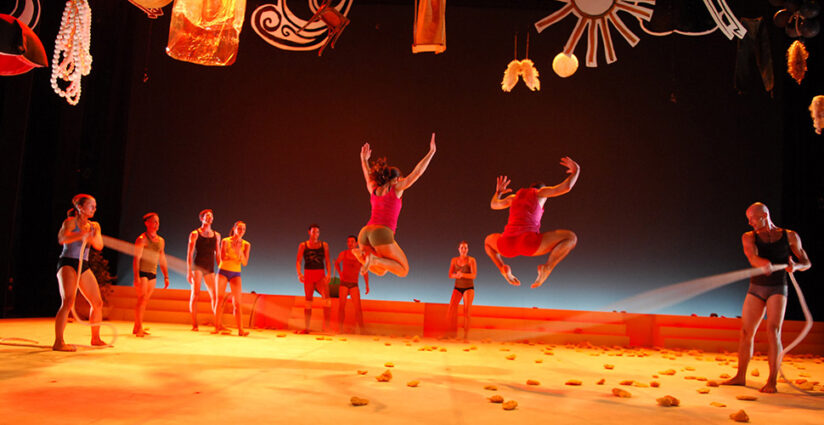"« What is the body capable of? » At the beginning of each creation, this recurring question from Spinoza’s Ethics comes back to me. Each time I am assailed by doubt. And this time even more so, faced with Antonio Vivaldi’s concerto “The Four Seasons”, op. 8.A paradox? Can the music - so well known, so conventional, so gone astray - can it indeed still deliver more surprises, more gray zones, more secrets? Can we erase the tainted image of this music, especially these last decades, that in fine is so sensually meteorological? And how? First of all, by coming back, again and again, to the writing of the movement, and never letting go of this point, so as to lay out the underlying vital dance. And then thinking the four axes of this work: bursting forth, exaltation, suspension and vibration. Starting from there, then finishing elsewhere; going off-course to where you no longer recognize the four parameters.To share in the scrambling of the leads and transmission of the interferences, I thought of Fabrice Hyber, whose work I’ve been following for several years now, with attention, amusement and profound interest. Also because he seemed the least obvious choice for this project -- and therefore the most necessary."




